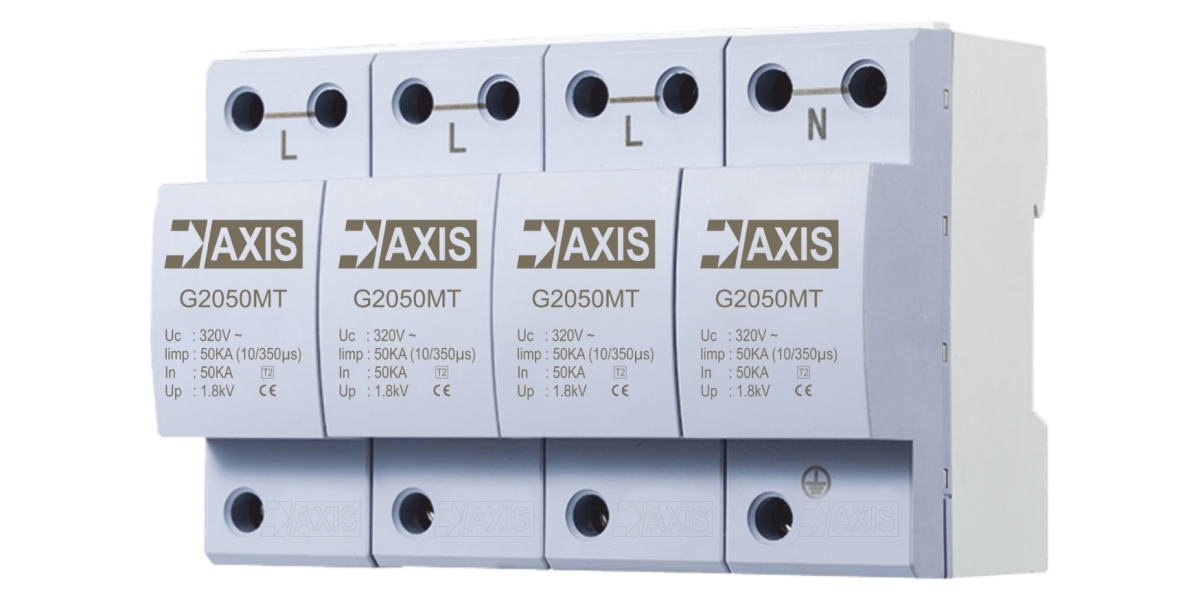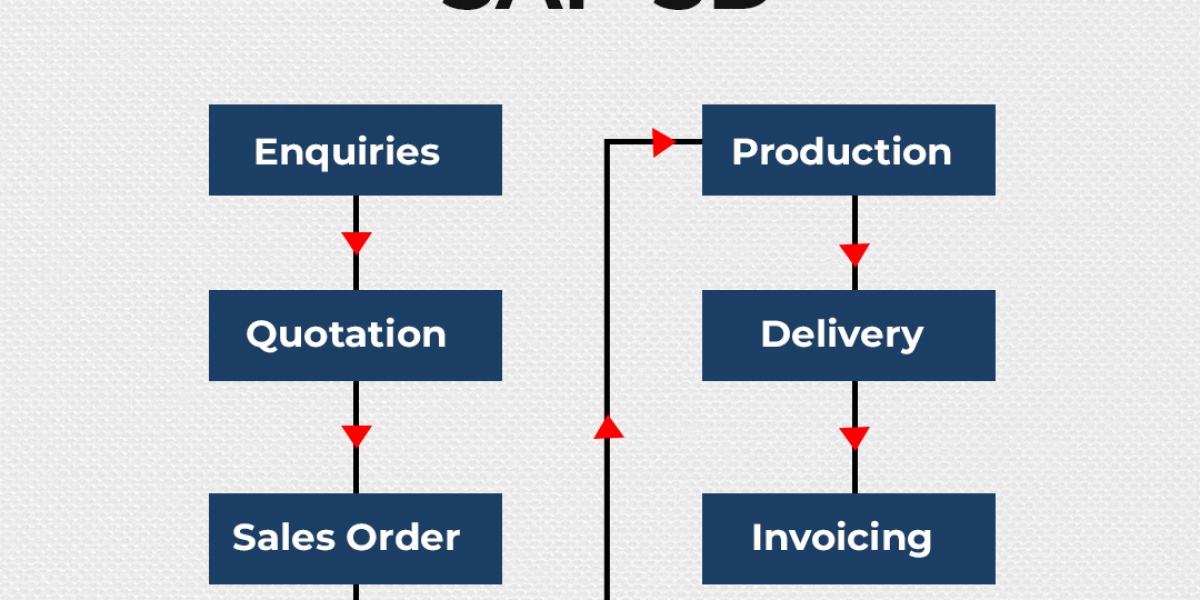Introduction:
Surge protection devices (SPDs) are essential components in electrical systems designed to safeguard equipment and appliances from voltage spikes and transient surges. As businesses and homeowners alike recognize the importance of protecting their valuable assets from electrical damage, understanding surge protection device prices becomes crucial. In this article, we will explore the factors influencing SPD prices, considerations when evaluating cost, and the value they provide in mitigating the risks associated with electrical surges.
Factors Influencing Surge Protection Device Prices:
Surge Capacity: The surge capacity or rating of an SPD, typically measured in kiloamperes (kA), is a primary factor influencing its price. Higher-rated SPDs capable of handling larger surges command a higher price due to the increased protection they offer.
Technology and Features: The technology employed in SPDs, such as metal oxide varistors (MOVs), gas discharge tubes (GDTs), or silicon avalanche diodes (SADs), can impact their price. Additionally, features like remote monitoring, diagnostic indicators, and multiple protection modes may contribute to higher costs.
Voltage Rating: SPDs are available in different voltage ratings to suit specific applications, such as residential, commercial, or industrial settings. Higher voltage ratings typically correlate with higher prices, reflecting the increased complexity and robustness required for larger electrical systems.
Number of Ports or Circuits: The number of ports or circuits protected by an SPD can influence its price. Devices with multiple ports or circuits may cost more than single-port units due to the additional components and wiring required.
Brand Reputation and Warranty: Surge protection device prices can also be influenced by the reputation of the manufacturer and the length and terms of the warranty provided. Established brands with a track record of reliability may command higher prices but offer greater peace of mind and long-term value.
Considerations When Evaluating Surge Protection Device Cost:
Total Cost of Ownership: When evaluating SPD prices, it's essential to consider the total cost of ownership over the device's lifespan. While upfront costs may be higher for premium SPDs, they can provide better protection and reliability, potentially reducing maintenance and replacement expenses in the long run.
Compatibility and Integration: Consideration should be given to the compatibility of the SPD with existing electrical systems and equipment. Ensuring seamless integration can help avoid compatibility issues and additional installation costs.
Certification and Compliance: Look for surge protection devices that meet relevant industry standards and certifications, such as UL 1449 for transient voltage surge suppressors. Compliance with standards ensures the device's performance and reliability under various conditions.
Surge Protection Strategy: Assess the overall surge protection strategy for your premises, considering factors such as the location of critical equipment, potential sources of surges, and the need for coordinated protection across different points of entry.
Customization and Scalability: Depending on the specific requirements of your application, consider whether customization or scalability options are available with the chosen surge protection device. Flexible solutions that can be tailored to meet evolving needs may offer better long-term value.
Value of Surge Protection Devices:
Investing in surge protection devices offers several tangible and intangible benefits, including:
Equipment Protection: SPDs help prevent damage to sensitive electronic equipment, appliances, and machinery caused by voltage spikes and surges, reducing downtime and repair costs.
Safety and Reliability: By mitigating the risks associated with electrical surges, SPDs enhance the safety and reliability of electrical systems, protecting personnel and property from potential hazards.
Peace of Mind: Knowing that critical assets are safeguarded against electrical damage provides peace of mind to homeowners, businesses, and facility managers, allowing them to focus on their core activities without worrying about unexpected disruptions.
Insurance and Liability: Installing surge protection devices may result in lower insurance premiums and reduced liability exposure by demonstrating proactive measures to mitigate electrical risks and protect assets.
Long-Term Investment: While surge protection devices require an initial investment, their ability to extend the lifespan of equipment and minimize downtime can result in significant cost savings and a positive return on investment over time.
Conclusion:
Surge protection devices play a vital role in safeguarding electrical systems and equipment from voltage spikes and transient surges. When evaluating surge protection device prices, it's essential to consider factors such as surge capacity, technology, voltage rating, brand reputation, and warranty terms. By assessing the total cost of ownership, compatibility, certification, and surge protection strategy, stakeholders can make informed decisions and choose SPDs that offer the best value in terms of protection, reliability, and peace of mind. Investing in surge protection devices is not just an expense but a proactive measure to mitigate risks, enhance safety, and protect valuable assets from electrical damage in the long run.









